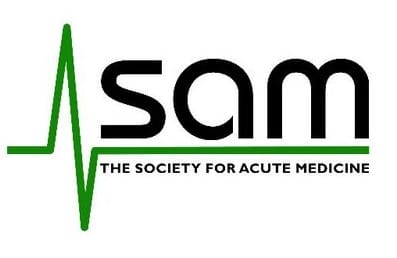This statement is a follow up to the joint statement issued in 2019 by the Royal College of Emergency Medicine (RCEM) and the Society for Acute Medicine (SAM) regarding the delivery of same day emergency care (SDEC) in England following the launch of the 2019 Long Term Plan for the NHS in England.
Please see statement below
